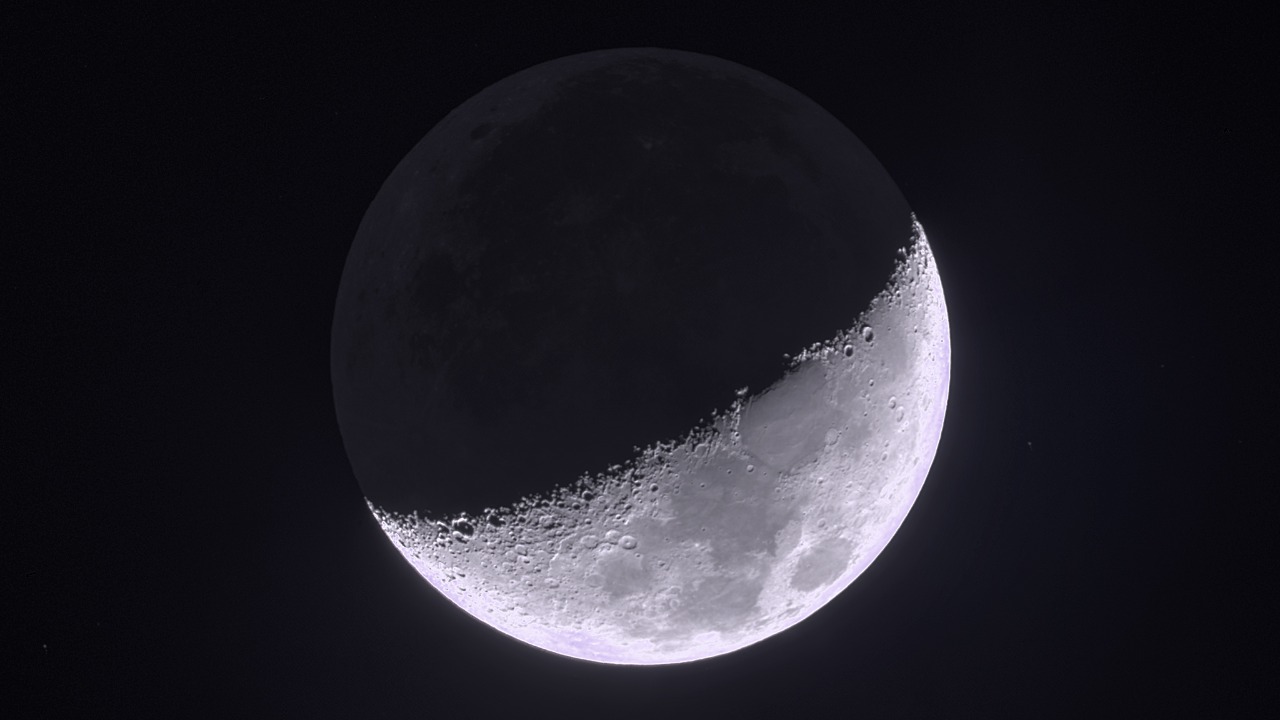
Samples collected by China’s Chang’e-6 mission from the Moon’s far side have unveiled moon dust containing a rare pre-solar system rock fragment with water. This discovery suggests that asteroids may have been responsible for delivering water to Earth during the early solar system. Analyzed from lunar samples returned in 2024, the findings also support the theory that the Moon formed from debris following a giant impact with Earth, offering new insights into our planet’s history.
The Chang’e-6 Mission Overview
The Chang’e-6 mission marked a significant milestone in lunar exploration by successfully landing on the Moon’s far side, specifically in the Apollo basin. This mission aimed to collect samples from this unexplored region, which is believed to hold clues about the Moon’s formation and the early solar system. The mission’s objectives included drilling and surface scooping, which resulted in the collection of over 1,935 grams of lunar regolith and rocks. These samples were meticulously gathered to ensure a comprehensive analysis of the Moon’s composition. On June 25, 2024, the samples were returned to Earth, marking the first successful retrieval from the Moon’s far side. This achievement not only demonstrated China’s growing capabilities in space exploration but also opened the door for international collaboration in analyzing these valuable samples. The return of these samples has provided scientists worldwide with the opportunity to study the Moon’s far side, which has remained largely unexplored until now.
Discovery of Water-Bearing Lunar Dust
The identification of water molecules within the moon dust, trapped in a rare pre-solar system rock fragment, has been a groundbreaking discovery. Isotopic analysis of the dust revealed that its origins predate the formation of the solar system, linking it to asteroid impacts. This finding suggests that the water present on Earth may have been delivered by asteroids, challenging previous theories that volcanic outgassing was the primary source of Earth’s water. The unique location of the ‘dark side’ of the Moon, where these samples were collected, provides an uncontaminated environment to study the origin of water in our solar system. The absence of near-side contamination allows for a clearer understanding of how water-bearing asteroids might have contributed to the development of habitable conditions on Earth. This discovery has significant implications for our understanding of the solar system’s history and the processes that led to the emergence of life on Earth.
Asteroids as Water Carriers to Earth
Evidence from the Chang’e-6 samples strongly supports the theory that asteroids delivered water to Earth during the early solar system. The rock fragment’s composition, which includes hydrated minerals, matches those found in known carbonaceous chondrite asteroids. This correlation provides compelling evidence that these asteroids were responsible for bringing water to Earth, resolving long-standing debates about the origins of Earth’s water. The implications of this finding are profound, as it confirms the role of extraterrestrial bodies in shaping Earth’s environment. By understanding the composition and impact of these asteroids, scientists can gain insights into the processes that made Earth a habitable planet. This discovery not only enhances our knowledge of Earth’s history but also informs future exploration efforts aimed at uncovering the mysteries of our solar system.
Links to the Moon’s Formation and Earth’s History
The lunar samples from the Chang’e-6 mission also suggest that the Moon is debris from an ancient giant impact with Earth. The far-side rocks preserve impact signatures that provide evidence of this cataclysmic event. Mineral structures within the samples indicate a shared Earth-Moon history, supporting the theory that the Moon formed from the debris of a massive collision. These findings have broader implications for understanding Earth’s history, particularly how water-rich asteroids influenced the planet’s habitability after the Moon-forming event. By studying the mineral compositions and isotopic signatures of these lunar samples, scientists can reconstruct the sequence of events that led to the formation of the Moon and the development of Earth’s environment. This research not only sheds light on the past but also guides future exploration efforts aimed at uncovering the origins of life in our solar system. The Chang’e-6 mission has provided invaluable insights into the history of the Moon and Earth, revealing the crucial role of asteroids in delivering water and shaping the conditions necessary for life. As scientists continue to analyze these samples, the findings will undoubtedly contribute to a deeper understanding of our planet’s past and the processes that have shaped the solar system.
More from MorningOverview